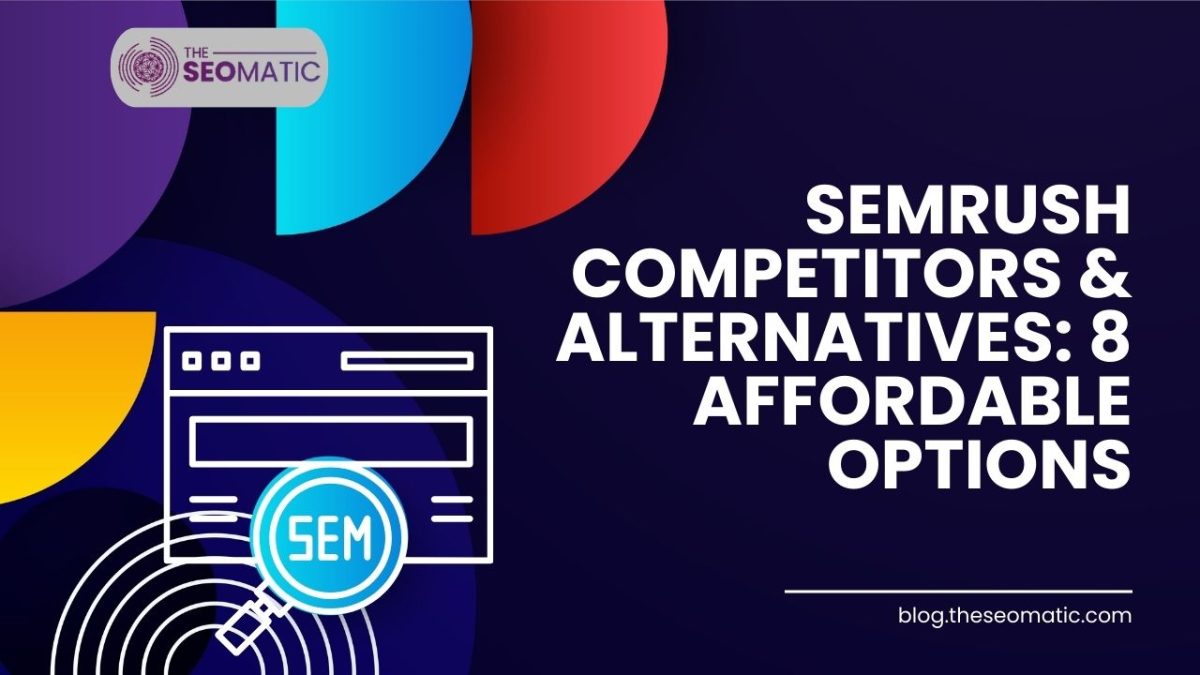
SEO
Just Press Play To Hear The Piece.
Shopify is one of the best ecommerce platforms for establishing and managing your online shop. The platform has many features crucial to maximizing profits and ensuring your customers have a great experience, similar to the strategies outlined in Shopify SEO Apps However, one of Shopify’s biggest shortcomings is Shopify fees per sale.
This article explores methods for reducing Shopify fees per sale while boosting profits.
1-Understanding Shopify fees per sale
Before we talk about saving money, let’s ensure we understand the costs of using Shopify for your online store. Shopify charges you in a few different ways:
Subscription Fee:
This is like paying rent for your online store on Shopify. It gives you access to all the tools and features you need to set up and run your online shop. The cost depends on which Shopify SEO Checklist plan you choose. They have different plans for small businesses and bigger companies.
Transaction Fee:
When you make a sale using Shopify Payments, they take a small percentage of your money. It’s like a fee for using their payment system. The percentage might change depending on your Shopify plan. If you use a different payment method, you might have to pay extra fees to that payment provider.
Credit Card Fees:
These fees happen because credit card companies charge a little for processing payments made with credit cards. The amount you pay can vary depending on the cards you accept and how many transactions you have. Check Shopify’s info or your payment provider to get the exact details.
App and Plugin Costs:
Shopify has many features, but sometimes, you might want to add extra tools to your store. These could be things like inventory management or marketing help. These extra tools often come with their costs. It might be a one-time payment, a monthly fee, or something based on how much you use them. Before adding any extras, consider whether they’re needed to improve your store. Be careful about spending too much on things you might not use much.
2-What are the Shopify fees for sale?
Shopify fees per sale are dependent on your pricing plan. The Basic plan charges 2.9% + $0.30 per transaction for online purchases and 2.7% for in-store purchases (using Shopify’s POS).
The middle-level Shopify plan costs 2.6% of the purchase, plus an extra 30 cents for each online sale and a flat rate of 2.5% for sales made in physical stores.
The most expensive plan, the ‘Advanced Plan’, charges a flat 2.4% fee per transaction for online purchases and a flat $0.30 fee for in-store purchases.
Now it’s time to discuss how to reduce the impact of Shopify fees per sale and improve the profit margin to stay ahead of the competition.
3-How to increase profit margin?
Here, we will discuss the factors to improve profit margin.
Optimizing your product listings:
Optimizing your product listings is a crucial strategy to enhance your e-commerce success on Shopify. Here are some simple steps to do that:
Product Descriptions:
When you describe your products, give lots of details. Explain the benefits of a product and how it can help people. Use words that help customers imagine using the product. Think about what questions people might have and answer them.
Interesting Content:
Make your product information exciting. Tell stories about how your products can make people’s lives better. Use catchy headlines and titles that show what the product is about.
Good Pictures:
Use high-quality pictures of your products. Show them from different angles so customers can see all the details. You can also use images showing the product in real life.
SEO (Search Engine Optimization):
Use words in your product titles, descriptions, and tags that people might use when looking for your products online. But don’t overdo it; just use these words naturally. If you’re unfamiliar with SEO, you can collaborate with bigcommerce seo services to optimize your store.
Clear Prices and Deals:
Make sure customers can easily see how much your product costs. If you have any discounts or special offers, make them obvious. Being honest about prices builds trust.
Customer Reviews and Ratings:
Ask customers to write reviews and give ratings for your products. Good reviews can make others trust your products more. Respond to all reviews, not just the good ones, to show you care about what customers think.
Mobile-Friendly:
Ensure your product pages look good and work well on mobile phones and tablets. Many people shop on their phones, so your pages must be easy to use on small screens.
Recommend Other Products:
Suggest other things that go well with your product. This can help customers find more things they might want to buy and improve their shopping experience.
Testing and Improving:
Keep making your product pages better. Try different descriptions, pictures, and layouts to see what works best. Use data to make smart decisions about what to change.
Keep Things Fresh:
Don’t forget to update your product listings regularly. Add new info about your products, answer common questions, and keep things interesting. Old listings can turn people away.
4-Reducing Abandoned Carts in E-Commerce:
Abandoned shopping carts have become pervasive in e-commerce, causing online retailers to lose potential revenue and customers. This phenomenon occurs when shoppers browse a Website Traffic Sources, select items they are interested in, and add them to their virtual shopping carts but ultimately abandon them before completing the purchase. Understanding the reasons behind cart abandonment and implementing effective strategies to combat it is crucial for e-commerce businesses looking to improve profitability.
People leave their shopping carts without buying because the checkout process is too tricky or takes too long. Shoppers like things to be easy and simple, so making the checkout as smooth as possible is important. Ensure the steps are easy to understand, not too complicated, and don’t ask for too much information. You can also add a choice where customers can buy things without making an account, and for people who come back to your store, save their billing and shipping details to make things faster.
5-Offer Discounts and Promotions
Offering discounts and promotions is a powerful strategy businesses employ to increase profits and attract customers. Let’s discuss in detail how this strategy can be effective:
Attracting Attention:
Discounts and promotions immediately catch the attention of potential customers. Whether a “50% off” sign in a store window or an email advertising a limited-time offer, these promotions stand out and pique curiosity.
Creating a Sense of Urgency:
Limited-time offers create a sense of urgency. When customers know that a discount or promotion is available for a short period, they are likelier to act quickly to take advantage of the deal. This urgency can lead to immediate purchases, which can boost sales significantly.
Encouraging Impulse Buying:
When customers see a good deal, they might make unplanned purchases. This phenomenon is known as “impulse buying.” For example, if a customer enters a store to buy a specific item but sees a sign advertising a limited-time discount on a related product, they may be inclined to buy both items.
Clear Value Proposition:
Discounts and promotions make the value proposition of a product or service more compelling. Customers perceive that they are getting more for their money, which can increase their willingness to buy.
Customer Loyalty:
Offering exclusive discounts and promotions to loyal customers can strengthen their loyalty to your brand. Loyalty programs that reward repeat customers with special deals can help retain your customer base.
Competitive Advantage:
In competitive markets, discounts and promotions can give your business an edge. When customers compare prices and see that your products or services are temporarily more affordable, they are more likely to choose your offering over a competitor’s.
6-Exploring Alternative Payment Gateways to Save Money on Transaction Costs:
When you run an online store using platforms like Shopify, it’s crucial to consider how you handle payments. Many e-commerce businesses default to the payment gateway provided by their platform, such as Shopify’s built-in payment system. However, it’s worth looking at alternative payment gateways to save money on transaction costs and improve your overall financial efficiency, much like the options explored in 9 BigCommerce Apps.
Why Consider Alternative Payment Gateways:
Shopify’s payment gateway is convenient, but it comes with its own set of transaction fees. These fees can add up, especially if you’re processing a large sales volume. Alternative payment gateways often offer competitive rates that might be lower than what you’re currently paying, allowing you to keep more revenue.
Diverse Payment Methods:
Different payment gateways support various payment methods. By exploring alternatives, you can offer your customers a broader range of payment options, potentially attracting more buyers. For example, some payment gateways specialize in international transactions or cryptocurrency payments, which can open up new markets for your business.
Reduced Dependency:
Relying solely on one payment gateway can be risky. If there are issues with that gateway, such as downtime or technical problems, it could disrupt your business. Having alternative gateways as backups can provide continuity and peace of mind.
Conclusion
Increasing profit and reducing Shopify fees per sale require a comprehensive approach. The key to success is to assess your business model, understand your customers and their needs, identify what works and doesn’t work in your current operations, and then implement changes to help you achieve your goals. The most important thing to remember is that there are no shortcuts to improving profits and reducing Shopify fees per sale – it takes time and effort.


